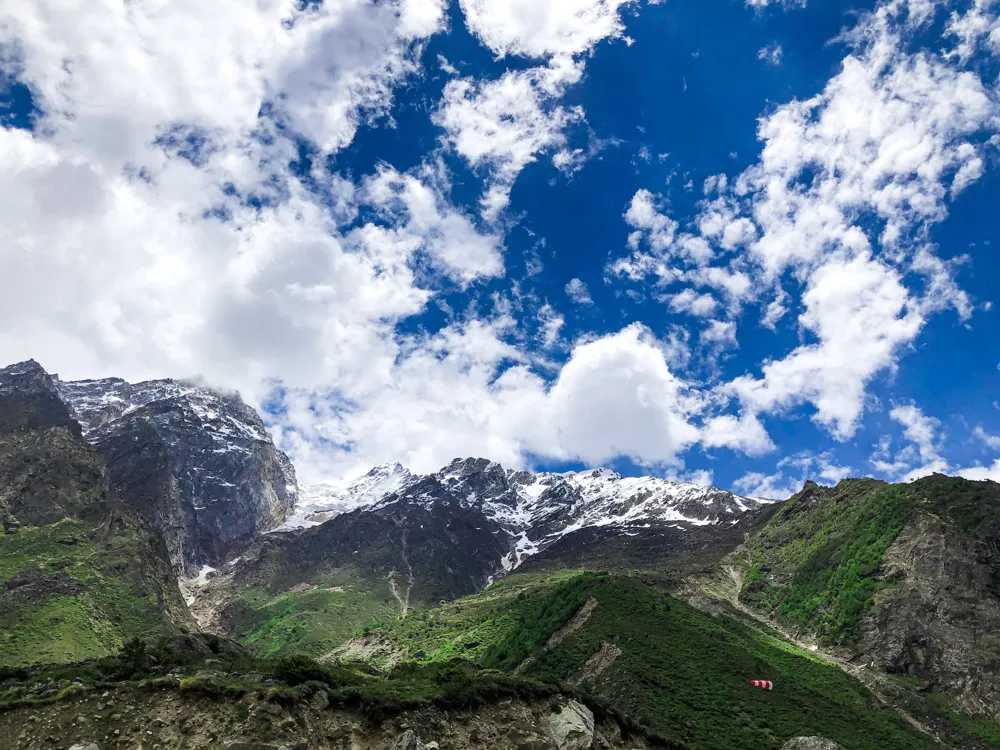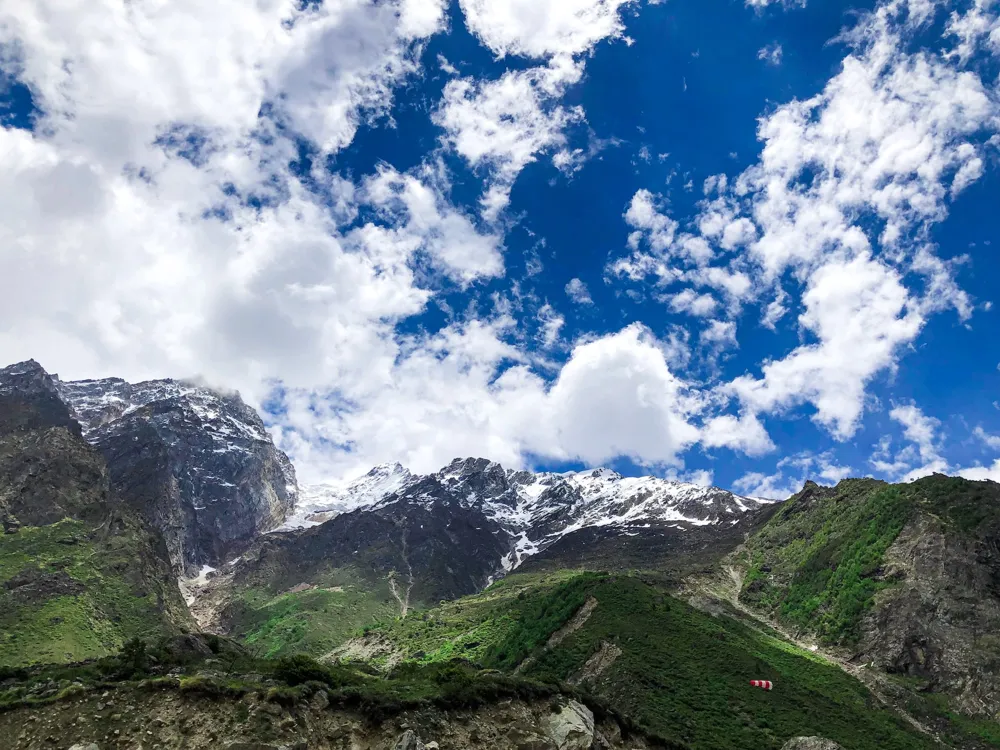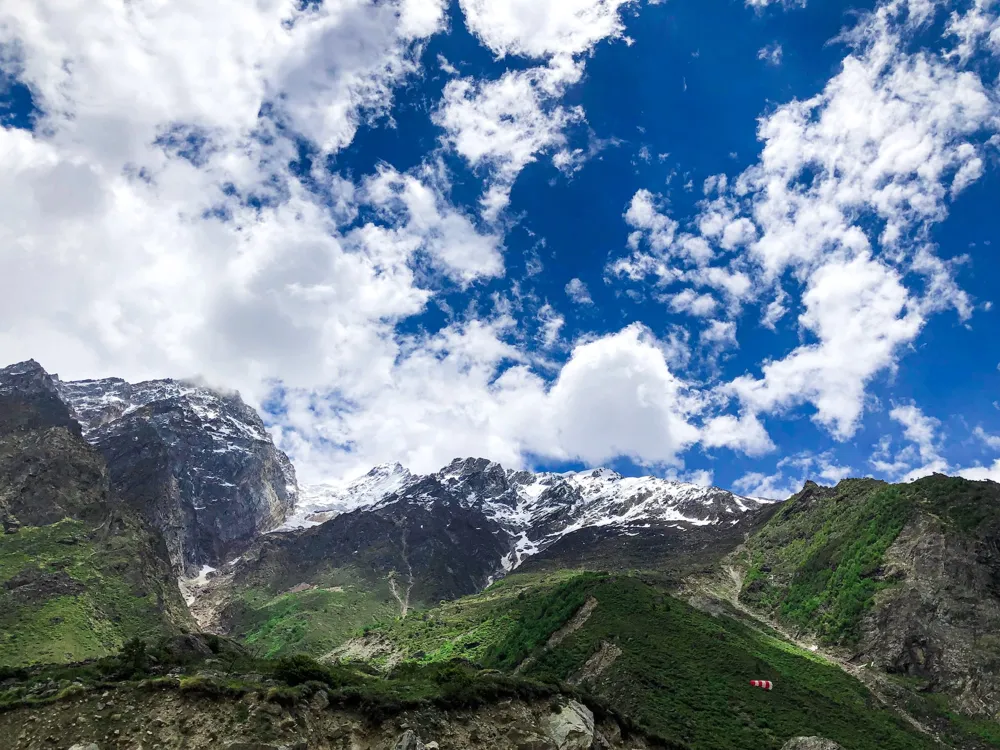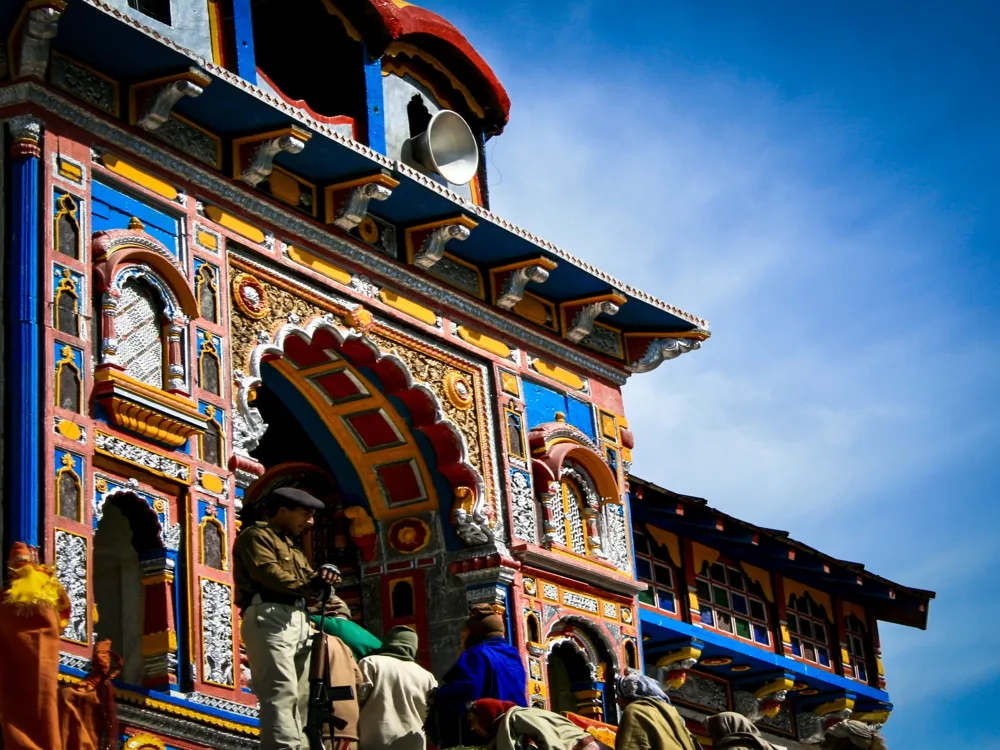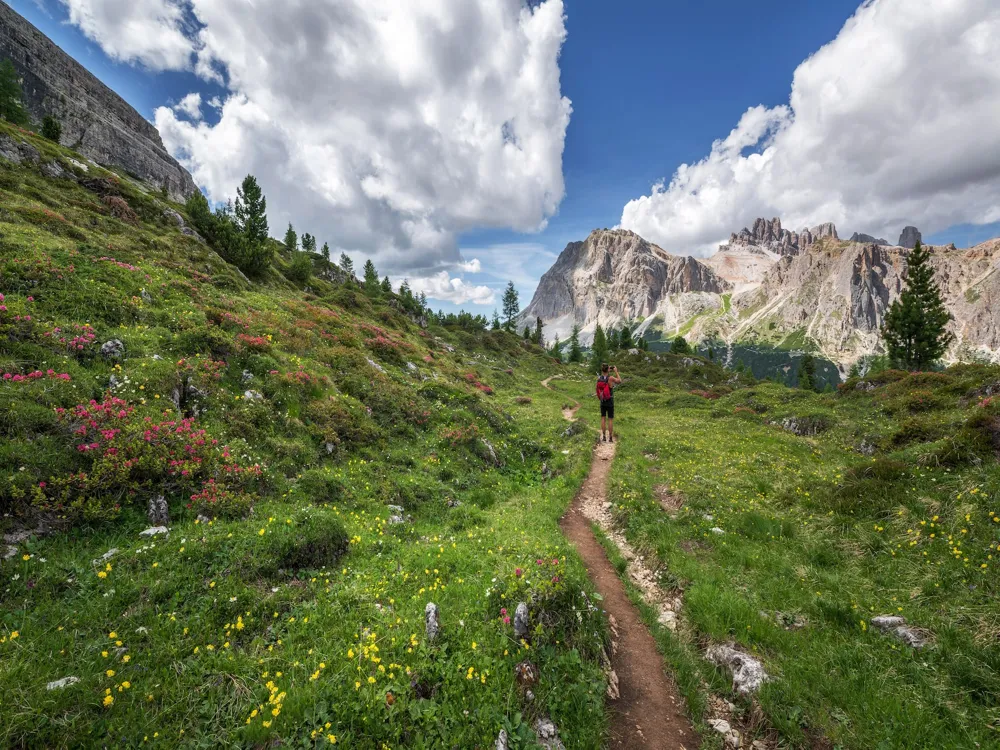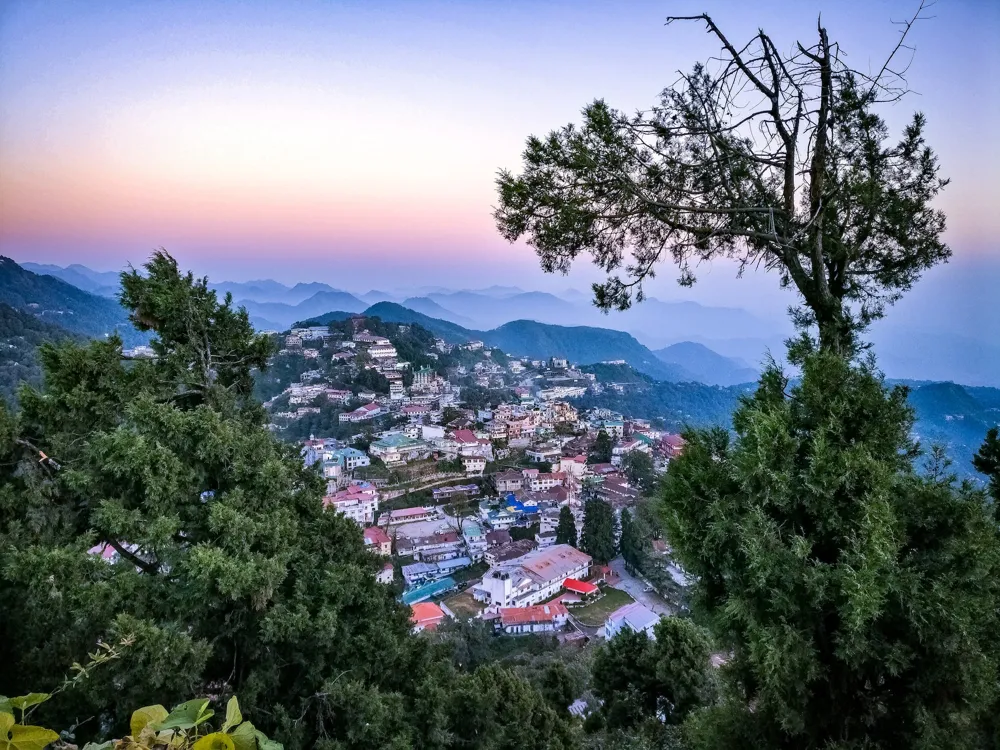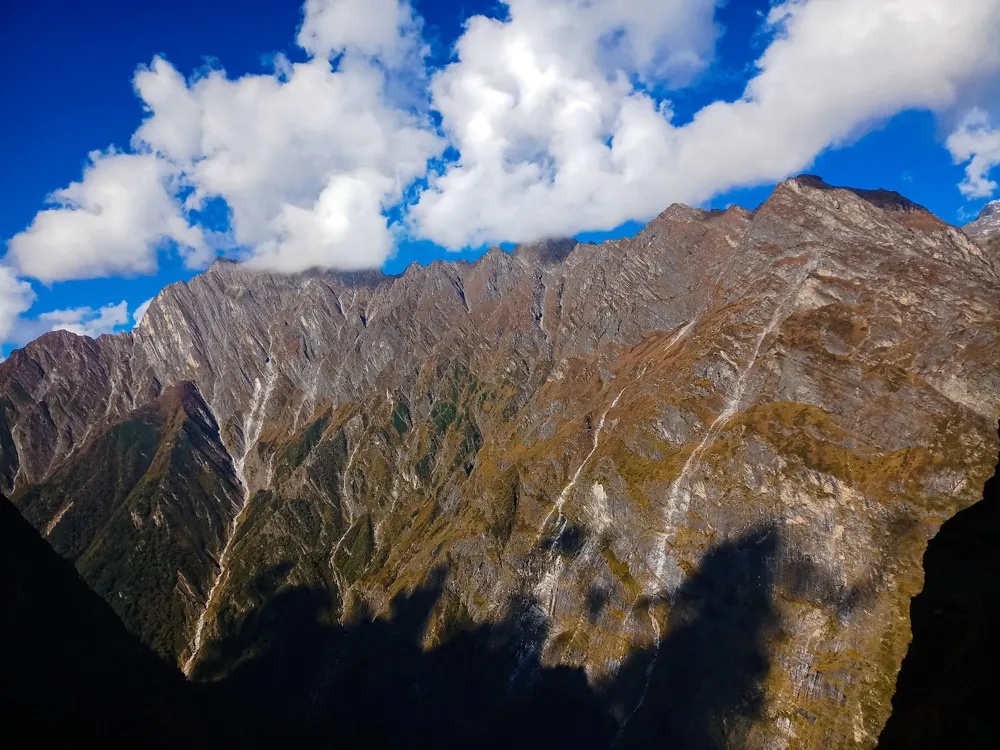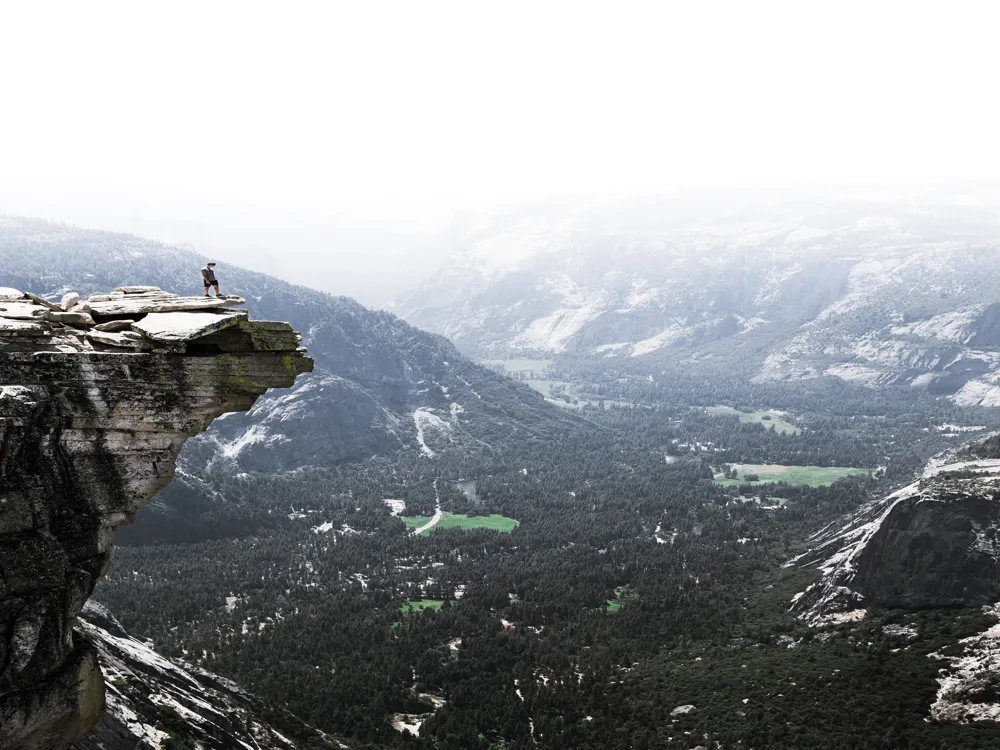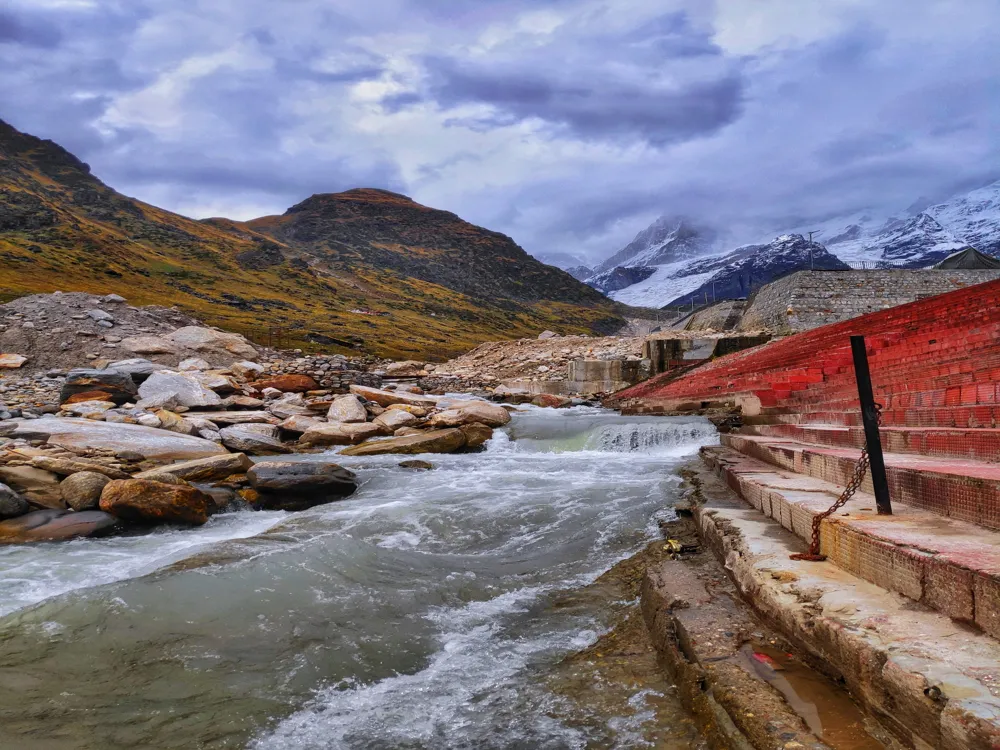Vyas Gufa, located in the majestic city of Badrinath in Uttarakhand, India, is a point steeped in mythological significance and natural beauty. This ancient delve is believed to be the place where Sage Vyasa composed the grand Mahabharata, one of the topmost erudite workshops in Indian history. Girdled by the serene Himalayan geography, Vyas Gufa not only offers a regard for India's rich artistic heritage but also provides a tranquil retreat for spiritual campaigners and history suckers. The delve is positioned at an altitude of 3,100 meters above the ocean, offering stirring views of the girding mountains and denes. The approach to Vyas Gufa is as mesmerizing as the destination itself, with the Alaknanda River flowing hard, adding to the scenic beauty of the region. The climate then varies significantly, with summers being affable and layoffs witnessing heavy snowfall, making it a year-round destination for different seasons. The armature of Vyas Gufa is a phenomenon in itself, reflecting the ancient Indian gemstone-cut armature style. The delve is a natural conformation, with its innards sculpted to give a space for contemplation and spiritual conditioning. The entrance of the delve is marked by a simple yet elegant archway leading into the main chamber, where Sage Vyasa is believed to have abided. The ideal time to visit Vyas Gufa is from May to November, when the rainfall is most favorable. During this period, the temperature is comfortable for disquisition, and the roads leading to Badrinath are clear of snow. Dress in layers, as the rainfall can be changeable. Comfortable walking shoes are a must-have for the journey to the delve. Also, carry a light jacket during the summer months, as it can get chilly, especially in the mornings and evenings. Admire the original customs and traditions. It's judicious to maintain a quiet and serene terrain within the delve, as it's a place of deification and spiritual significance. Due to the high altitude, it's important to stay doused and give yourself time to adapt. People with respiratory or cardiac issues should consult their doctor before planning the trip. Vyas Gufa is accessible by road from Haridwar and Rishikesh, which are well connected to major metropolises in India by train and air. From these metropolises, one can hire a hacker or take a machine to Joshimath, followed by a short drive to Badrinath. The final leg of the trip to Vyas Gufa is a short journey, immersing trippers in the stunning natural beauty of the region. Read More:Overview of Vyas Gufa, Badrinath, Uttarakhand
The history of Vyas Gufa dates back thousands of years, with its association with Sage Vyasa giving it an air of mystique and reverence. According to legends, Sage Vyasa chose this isolated spot to compose the Mahabharata, delegating the epic to Lord Ganesha, who transcribed it. This literal and religious significance makes Vyas Gufa not just a sightseer spot but a passage point for numerous.
Visiting Vyas Gufa is an experience that combines spiritual enrichment with an appreciation of nature's beauty. Whether you're drawn to its literal significance, attracted to its mythological tales, or simply in admiration of its natural setting, Vyas Gufa promises a memorable trip into the heart of Indian culture and church.Architecture of Vyas Gufa
Inside, the delve is unexpectedly comfortable and well-lit, with natural light filtering in through openings in the gemstone. The walls of the delve are adorned with intricate busts and oils that depict scenes from the Mahabharata, bringing the epic to life. These artworks aren't only significant from a religious viewpoint but also offer insight into the cultural styles and artistic narratives of ancient India.
The most striking point of the delve's armature is its flawless mix with the girding terrain. The delve has been saved in its natural state as much as possible, with minimum differences made to accommodate callers. This approach to conservation ensures that the literal and spiritual substance of Vyas Gufa is maintained, allowing callers to witness the point as it might have been centuries ago.
The architectural rudiments of Vyas Gufa, from its natural gemstone conformations to the man-made cultural embellishments, come together to produce a space that's both admiration-inspiring and demeaning. It serves as a testament to the imagination and church of ancient Indian civilization and continues to be a source of seductiveness for engineers, chroniclers, and spiritual campaigners from around the world.Tips for Visiting Vyas Gufa
Best Time to Visit
What to Wear
Local Customs and Etiquette
Health and Safety
How To Reach Vyas Gufa
Vyas Gufa
Badrinath
Uttarakhand
₹ 11,200 onwards
View badrinath Packages
Weather :
Tags : Cave
Time Required : 1 Hour
Entry Fee : Free
Best Time to Visit : May - June, September - October
Planning a Trip? Ask Your Question
Badrinath Travel Packages
View All Packages For Badrinath
Top Hotel Collections for Badrinath

Private Pool

Luxury Hotels

5-Star Hotels

Pet Friendly
Top Hotels Near Badrinath
Other Top Ranking Places In Badrinath
View All Places To Visit In badrinath
View badrinath Packages
Weather :
Tags : Cave
Time Required : 1 Hour
Entry Fee : Free
Best Time to Visit : May - June, September - October
Planning a Trip? Ask Your Question
Badrinath Travel Packages
View All Packages For Badrinath
Top Hotel Collections for Badrinath

Private Pool

Luxury Hotels

5-Star Hotels

Pet Friendly








